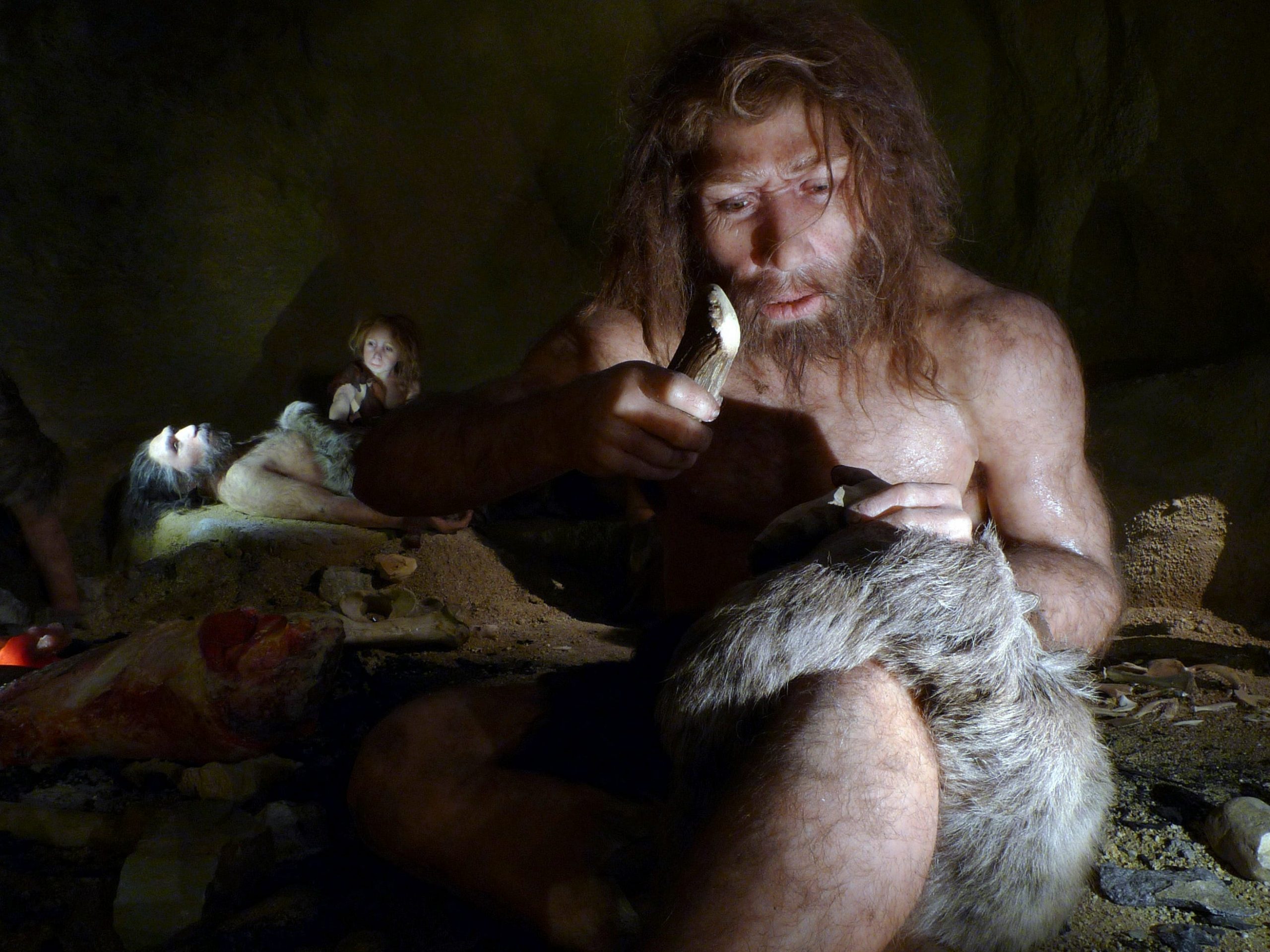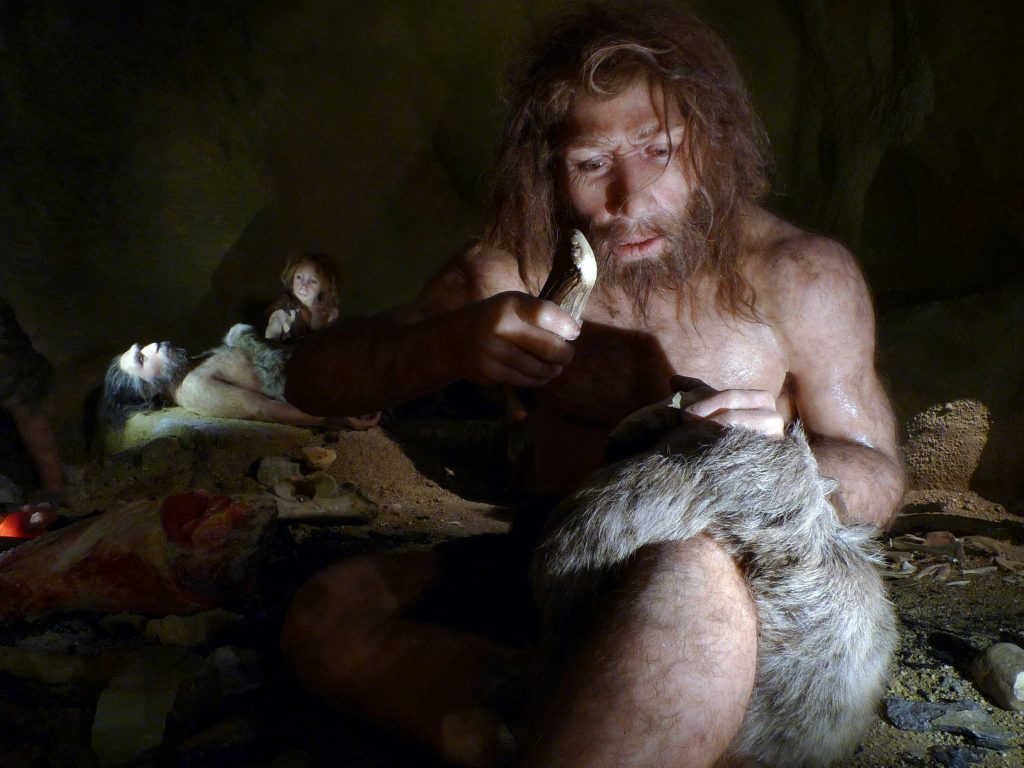
Reuters/Nikola Solic
- After reevaluating the human fossil record, some experts designated a new type of human ancestor.
- This ancestor, Homo bodoensis, lived in Africa about 600,000 years ago and gave rise to modern humans.
- A study suggests that Homo bodoensis shared a common ancestor with Neanderthals and Denisovans.
Humanity's family tree just got a makeover.
After reevaluating a cadre of contentious fossils that were found across three continents yet date to the same time period, a group of anthropologists has proposed the designation of a new species of human ancestor – and the elimination of two others.
Previously, those fossils – mostly discovered between 1908 and the late 1970s in Europe, Africa, and Asia – were all considered part of the same ancestor group, called Homo heidelbergensis. But the new recommendation, described in a study published Thursday, suggests it's inaccurate to lump these human ancestors into the same category.
Instead, the authors say, many of the fossils from Europe are Neanderthals, those from East Asia belong to an unknown and as yet unnamed other group. Those from Africa, they suggest, should be called Homo bodoensis, a new name that comes from a 600,000-year-old skull discovered in Bodo D'ar, Ethiopia 35 years ago. Homo bodoensis, then, would be considered the direct ancestor of modern humans – us – the study authors said.
Consequently, they suggested retiring the Homo heidelbergensis name and getting rid of a species called Homo rhodesiensis as well, also categorizing those fossils instead as bodoensis.
The move helps improve our understanding of how and when our own Homo sapiens species evolved.
Classifying human ancestor species is tricky

Ettore Mazza
The group of fossils that led researchers to suggest this new human ancestor category date back to the Middle Pleistocene era, the period between 774,000 and 129,000 years ago. Genetic evidence suggests that during that time (and other eras), many human ancestors coexisted and interbred across Africa, Asia, and Europe.
Anthropologists recognize a total of nearly a dozen early human species existed between 2.4 million years ago and the rise of modern humans 300,000 years ago. Each is differentiated by when they lived, where they thrived, and what their bodies and brains looked like.
"Species, in our case, is a language thing, not a biological thing," Mirjana Roksandic, an anthropologist at the University of Winnipeg who coauthored the new study, told Insider.
In other words, the concept of a "species" in human evolution doesn't indicate that a group can't reproduce with other groups, as it suggests with animals. Instead, Roksandic said, the designations simply help anthropologists separate ancestor groups with similar characteristics or geographic ranges.
Even so, the process gets tricky. Two years ago, a group of anthropologists at the annual meeting of the American Association of Biological Anthropology debated the definition of the Homo heidelbergensis species. They couldn't agree about its precise identifying characteristics - and therefore which fossils in the record belonged to the group.
"Everyone had contradictory definitions," Roksandic said.
Heidelbergensis' existence was discovered thanks to a jawbone found in 1908 in the German town after which the species was named. Then 60 years later, anthropologists found a skull in France with a mandible that matched. That, in turn, was linked to the Bodo skull from Ethiopia. Some fossils from eastern China were later designated as part of this species as well.
But that geographic spread was confusing, as was the fact that heidelbergensis fossils varied wildly in brain size and jaw shape.

Cicero Moraes/Wikimedia Commons
That variation, according to Roksandic, indicates that heidelbergensis shouldn't be a species at all.
It was "basically an early Neanderthal," she said, which is why her group suggests reclassifying all heidelbergensis specimens found in Europe as such, and giving the African ones the new Homo bodoensis name.
Bodoensis skulls are marked by big brains similar in size to those of Neanderthals and Denisovans, Roksandic said, since all three species "inherited it from a common ancestor."
That ancestor remains undiscovered, but likely descended from Homo erectus, the first early human in Africa to walk upright, about 1.1 million years ago. About 200,000 years later, that ancestor split into two groups. One migrated to Europe and Asia, where it further bifurcated into Neanderthals and Denisovans in those respective locations. The other group stayed in Africa and evolved into bodoensis, the new study suggests, which then gave rise to our species.
A legacy of colonialism

Bjoertvedt/Wikimedia Commons
The second ancestor Roksandic's group wants to remove from the family tree, Homo rhodesiensis, was found in what is now Zimbabwe.
At the time of its discovery, the ancestor was named after Rhodesia, an unrecognized territory chartered by Cecil Rhodes and the British South Africa Company in 1965. Anthropologists have since classified fossils found in the region from the Middle Pleistocene as rhodesiensis (including the skull pictured to the left).
But the name, Roksandic and her coauthors said, "is associated with sociopolitical baggage that our scientific community is trying to dissociate itself from."
Rhodes, a British imperialist and business magnate, forcibly seized land from indigenous people to mine for minerals. The connection between that colonialism and the Homo rhodesiensis classification means the name is rarely used, Roksandic added.
So her team suggested renaming all rhodesiensis fossils as bodoensis.
But Christopher Stringer, an anthropologist from London's Natural History Museum, doesn't think the heidelbergensis and rhodesiensis names should be discarded. He told New Scientist that the rhodesiensis name refers to the territory, not Rhodes himself. Plus, Stringer added, if the names do have to go, other anthropologists have already suggested good options.
"Even if you got rid of rhodesiensis, there are other names that would apply rather than creating a new one," Stringer said.
For example, in the 1950s, Scottish anthropologist Matthew Drennan suggested the name Homo saldanensis for a skull discovered in South Africa, though that fossil was then classified as heidelbergensis.
Roksandic's team says that skull should be designated as bodoensis, too.










